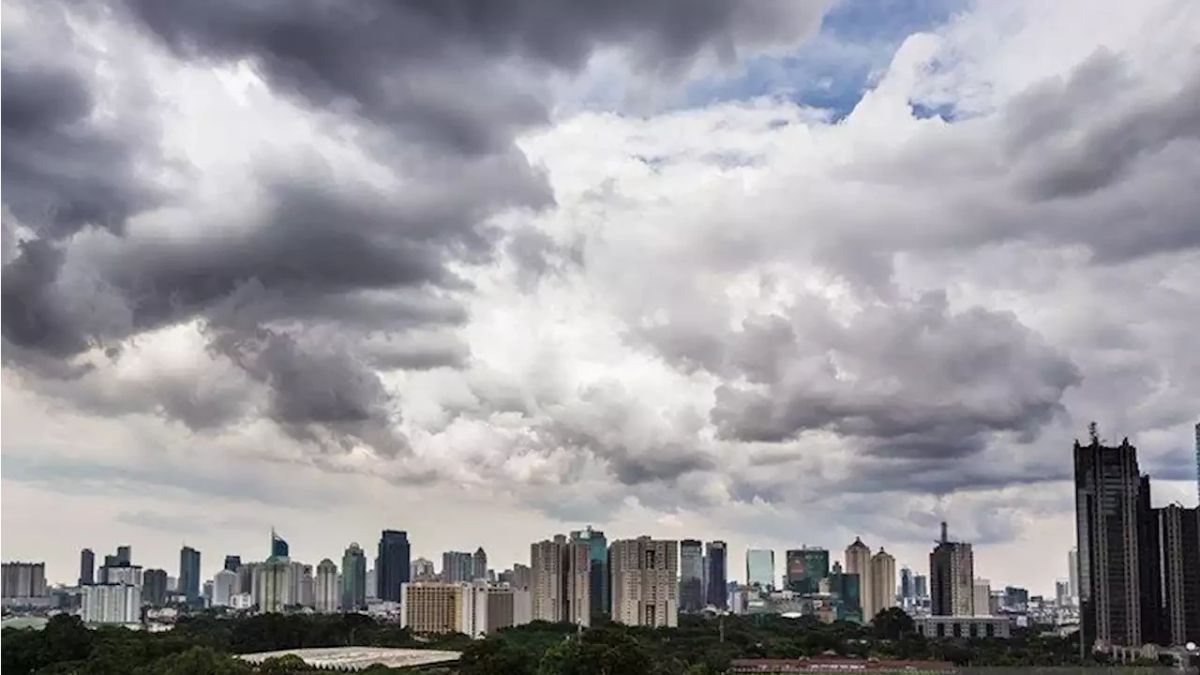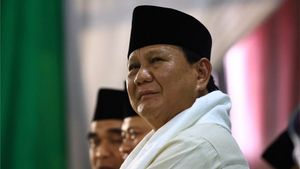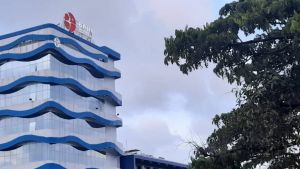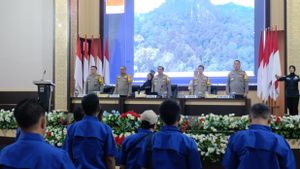JAKARTA - The Ministry of Environment and Forestry (KLHK) stated that the east muson wind carrying dry air from the Australian continent to the Asian continent has increased the effect of air pollution in Jakarta. "From a cycle perspective, June, July, and August, there has always been an increase in pollution in Jakarta because it is influenced by dry air from the east," said Director General of Environmental Pollution and Damage Control of the Ministry of Environment Sigit Reliantoro in a press conference in Jakarta, Friday, August 11, which was confiscated by Antara. Since 2019 to 2023, the Ministry of Environment and Forestry noted that the concentration of PM2.5 particulates always shows the highest number during the dry season. In 2020, Bloomberg Philanthopics and Vital Strategies published an inventory report on air pollution emissions in Jakarta. The results of the emission inventory were obtained that the total emission of sulfur dioxide pollution reached 4,257 tons per year.
The largest emission producing source is the manufacturing industry sector with a figure of 2,637 tons per year or equivalent to 61.9 percent. Sigit explained the main cause of the high emission of sulfur dioxide issued by the manufacturing industry due to the use of coal. The coal use rate is only 4 percent, but it produces sulfur dioxide emissions of 64 percent. The energy industry sector is the second largest emitter of sulfur dioxide emissions with a figure of 1,071 tons per year or the equivalent of 25.17 percent. Based on the results of the inventory of sulfur dioxide emissions in the energy industry sector, it comes from the consumption of fuel oil with an fuel oil and gas emission ratio of 27.95 percent.
اقرأ أيضا:
Acting Deputy for Climatology BMKG Ardhasena Sopahelwakan explained that during the dry season, air quality tends to be poor and has occurred in previous years.
The community needs to observe the daily cycle of air quality. At night until early morning, the air quality tends to be high compared to noon to late afternoon. Ardhasena said another phenomenon that is also interesting because Jakarta is an urban area and added to the dry season. This condition gives rise to the phenomenon of inversion layer.Inversion heating the lifting of the air upwards (convection) so that it can result in collecting energy near the surface and being released in the form of a strong thunderstorm. Inversion layers can also cause foggy weather and hold the pollutants near the surface. "Now this dry season there is an inversion layer phenomenon. When morning it tends to be cooler on the surface compared to the top layer, thus preventing the air from rising and dispersing. That explains why Jakarta looks cloudy below compared to above due to urban settings where we all live together," he concluded.
The English, Chinese, Japanese, Arabic, and French versions are automatically generated by the AI. So there may still be inaccuracies in translating, please always see Indonesian as our main language. (system supported by DigitalSiber.id)











